10 easy ways to move towards equality and diversity in the workplace
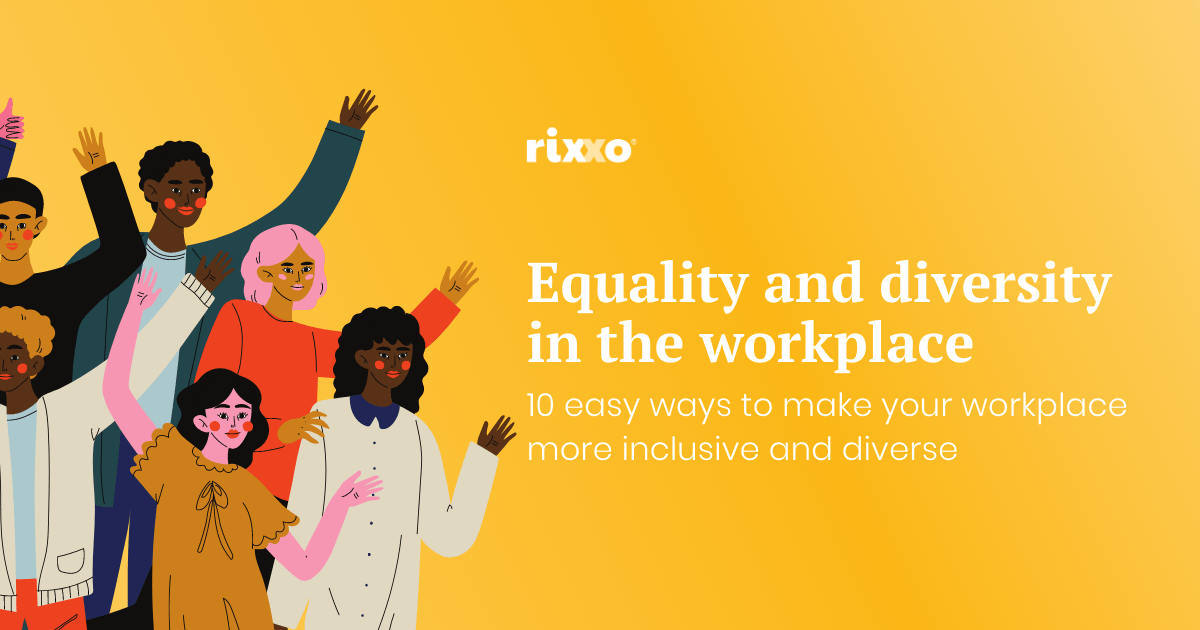
Since the murder of George Floyd and the international outcry of #BlackLivesMatter, most organisations have been rushing to catch up with the ‘Diversity and Inclusion’ movement. While some of this is clearly just a PR exercise, many companies are waking up to the need to diversify, and be inclusive and welcoming workplaces for all people. But where do you start? In this article I’m going to take you through 10 simple ways you can actually improve workplace diversity and inclusion, internally and externally.
Rixxo are by no means experts – but we’ve been on a journey to constantly improve our inclusivity for a while now, and we’d encourage anyone, no matter where they’re starting from, to implement as many of these as they can!
What is workplace diversity and why is it important?
Workplace diversity means there is no single characteristic which most of your staff have. By characteristic, I don’t mean a passion for sustainability or women’s tennis, but one of the protected characteristics as detailed by the Equality Act, which are: ‘age, disability, gender reassignment, marriage and civil partnership, pregnancy and maternity, race, religion or belief, sex, and sexual orientation’. Basically, it means not everyone is a white, straight, cis (i.e not transgender), agnostic, able-bodied, middle aged man.
Workplace diversity and inclusion is far more than just a “token diversity hire” because you’ve realised you’re About Us photo is looking a little samey. It’s about having a workplace culture that celebrates and includes those who are often marginalised in our society, and where everyone’s perspective, culture, background and experience is welcomed and celebrated. While being an inclusive workplace is obviously morally a great move, it’s also just good business.
Why is diversity good for business?
Foster innovation
Research has shown that diverse teams are more likely to be successful and innovative. Gompers found that diversity ‘significantly improved performance‘ in Venture Capital firms. In healthcare, Gomez and Bernet found diversity improved patient care and financial outcomes. A study by Boston Consulting Group (BCG) found that “increasing the diversity of leadership teams leads to more and better innovation and improved financial performance.”
Here’s an example from by Mckinsey & Company, demonstrating graphically how diversity improves a company’s fiscal performance.


I could go on, but you get the idea.
Get the best people
So often incredible candidates are overlooked because they don’t fit the mould of what managers or recruiters have learnt to expect. By taking away your understanding of what you’re looking for from traditional (white, straight, male) tropes of professionalism, you’ll gain access to a much wider pool of talent. When looking for jobs, candidates are beginning to research and consider the diversity and inclusion of the companies they are considering applying to. Talented graduates and millennials are also likely to prioritise companies with inclusive workplace cultures: a recent Monster survey found ‘83% of Gen Z candidates said that a company’s commitment to diversity and inclusion is important when choosing an employer’. So if you’re serious about hiring the best people, you’re best option is to ensure your company is diverse and inclusive.
Inclusion matters
Even just from a culture perspective, diversity is a good idea. Think, what kind of company do you want to be? By championing diversity and inclusion you can make your workplace an open and equal place where your staff are inspired and empowered. It will give your company credibility and impress your clients and customers. Plus, you’ll be on the right side of history.
How to champion diversity and inclusion in the workplace
There are so many different ways to achieve workplace diversity, and this is by no means an exhaustive list. It’s also not something that you can change overnight, but each of these actions should start things moving. We’ve collated 10 of the more simple, easy and do-it-yourself possibilities to get you started.
Inclusion and diversity during on-boarding
While a lot of corporate inclusion training is quite basic, sometimes that’s what you need. Even just having inclusion training signals to new employees how much you value diversity and inclusion within your company. It can also help you later if trying to fire someone on the grounds of discrimination. Staff have no excuse if the inclusion training includes a pledge to treat everyone equally, and guidance on how to do that!
Another way of safeguarding this is to include a clause in your employee contracts. Rixxo have this, which makes it clear that we mean what we say about being inclusive, and would help us legally support and protect any of our staff who were discriminated against by another staff member. Ours reads as follows:
The Company values inclusivity and strives to be a safe and enjoyable place of work for all. You will be expected to act respectfully within your professional life, including online and face to face interactions with staff, clients, customers and prospects. Discrimination, harassment, insulting language or differential treatment in reaction to any of the Equality Act’s protected characteristics will not be tolerated. By signing below you acknowledge that this behaviour will be dealt with severely and may result in a termination of your contract.
It’s a small change, but signalling like this can make people of marginalised identities feel safer, and helps minimise possible conflict and problem areas within your staff.
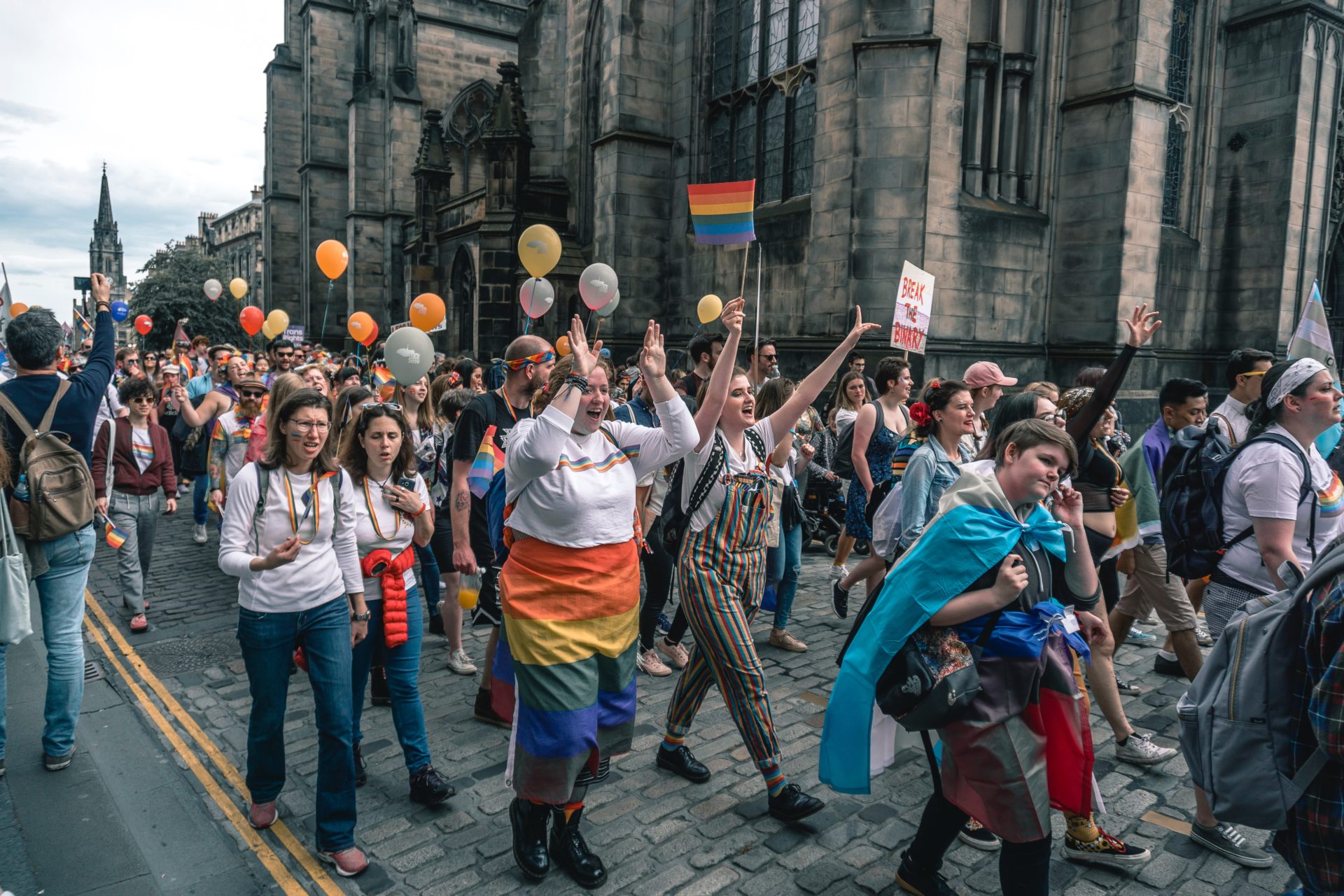

Paid leave & company events
When planning company events it’s important to consider activities that won’t exclude certain groups or demographics within your staff. Often cited examples of this are avoiding activities which centre heavily around drinking, or traditionally ‘male orientated’ activities like watching a football match.
However, there’s lots more to consider than just these two things! Here are some pointers to make sure of when choosing a venue for a company event:
- Ensure it has step free routes and disabled facilities for the less able-bodied.
- Make sure the music isn’t too loud, as many neurodivergent people find it difficult to follow conversations if there’s loud background music.
- If you’re going to see an event, show or act, are all of the performers white? Think about who you’re normally booking and make sure you benefit from performances and work by black, indigenous and people of colour. If you only book white people, even if this is entirely by accident, it still sends a message to your staff about the kind of people you’re interested in hearing from and giving money to.
- Do you do anything for Pride? Does your company go all out on Christmas, but no other religious holiday? These are important things to consider if you want all staff (and future staff) to feel included.
A caveat: it may seem unnecessary to be aware of things like this if, for instance, none of your staff are wheelchair users. But you should still try to follow these pointers. It’s so important that your company is already an inclusive place for all marginalised people, before you necessarily have someone on your staff who relates to that identity. By doing so, you demonstrate integrity to your already existing staff, clients, customers and future business partners. You also increase your likelihood of getting the best talent: if people of marginalised identities can see you would be an inclusive place for them to work, they’re much more likely to take a role or reach out and offer their services. You have to build a culture of acceptance before there is necessarily anyone to accept.


Plus, a staff member may have a partner who needs ramp access, and without realising it, you’ll be excluding them. Inclusivity is not just about reacting to any perceived or visible differences, it’s about creating a fundamentally inclusive environment.
In terms of paid leave, consider when you give out your complimentary company holidays. Does everyone get Christmas time off? It may be worth asking your staff if anyone would prefer to take their free holiday time off on a different religious or cultural holiday. British society is geared towards Christian holidays already, so that this could make a real difference to someone and allow them to make the most of an important holiday with their friends and family.


Diversity hiring practices
There is great debate on the merits and drawbacks of different diversity hiring practices. On one hand, positive discrimination – the practice of hiring someone in part due to their marginalised identity – can be patronising and undermine the credentials of a new hire. It can also be insulting to people of marginalised identities because, put simply, we don’t need positive discrimination to be the best people for the job! However, if a workplace is extremely lacking in a certain demographic i.e mostly men or mostly white, then it may be a necessary and fast way to diversify your workplace.
One of the most effective forms of diversity hiring which doesn’t undermine the credentials of the individual is to have shortlist quotas. This is where you have a company policy that for each new hire, a short list must include at least one black or person of colour, and/or one woman, and everyone on the short list must get an interview. I heard of a major sports league doing this, and within a year they had increased the amount of people of colour in senior roles by 25%. When you’re a marginalised identity, you often have to work so much harder to get in the room and prove your skills. By fast tracking this process, you still only hire the best person for the job – maintaining the integrity of anyone who is hired – but you ensure that you are at least in part accounting for the discrimination many have faced to get to that point.
If you use a recruiting company, you can request that with any applicants they send you, they also abide by this short listing rule. If a recruiting company regularly sends you only white, cis, male applicants, get a new recruiting company. Marginalised people are just as capable as those with privilege, so this is simply lazy or discriminatory and will negatively impact your ability to find the best talent. If you don’t know where to start, you can outsource your diverse hiring – from agencies like Ten2Two that focus on mothers and flexible workers, to recruiters who prioritise diversity.
While it’s true that some job roles, like developers, are often dominated by the demographic of white men, there are many amazing companies that counteract this bias, including BlackCodeHer and Coding Black Females.
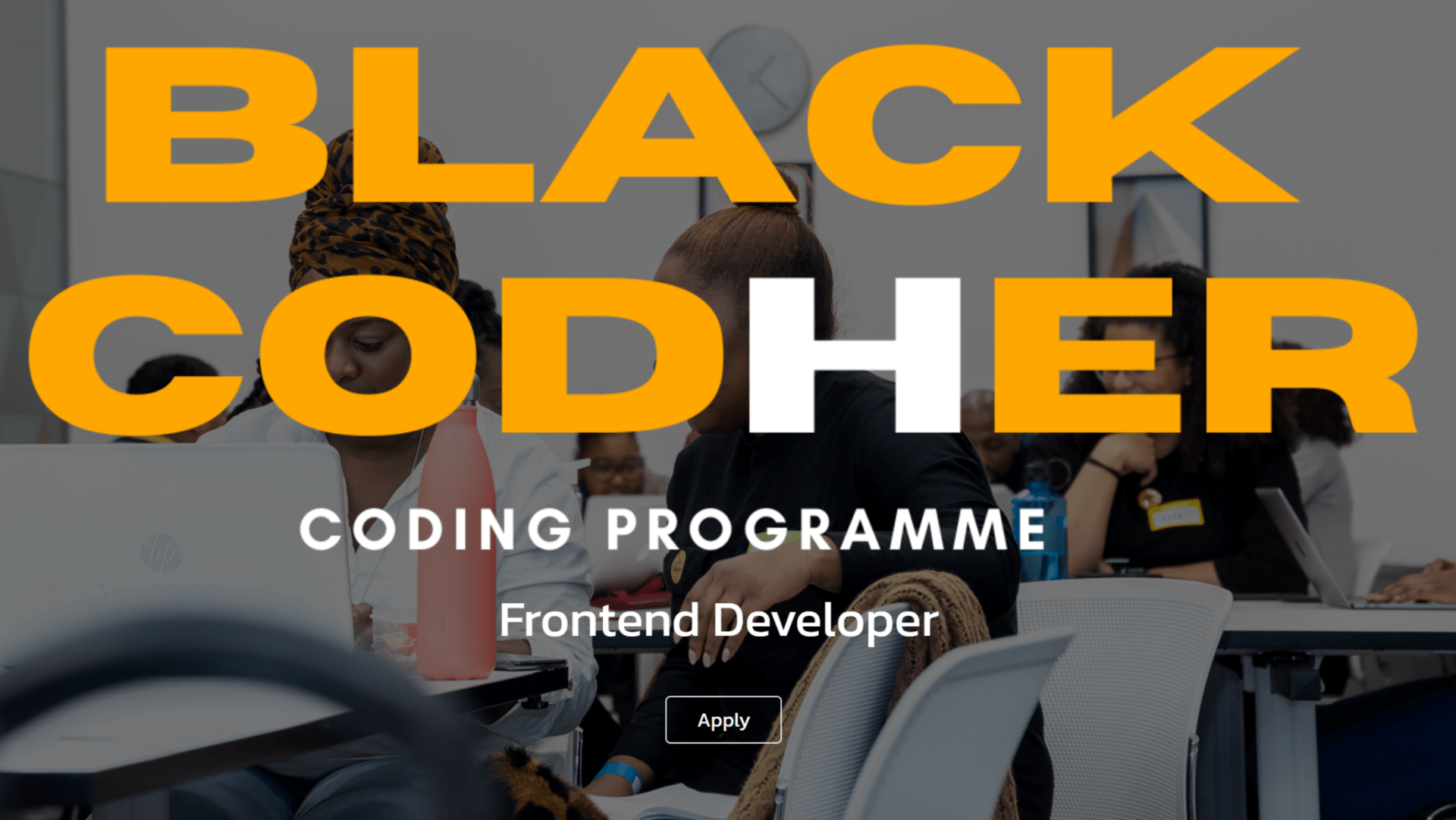

Terminology
Since the international focus on #BlackLivesMatter, there’s been a (long overdue) effort to eliminate problematic terminology from business processes and organisational copy. An example of this is mafia.gg’s decision to stop using the term ‘lynch’ because of it’s historically racist connotations and the microaggression this could cause black players of the online game. As they said in a statement, ‘It is our responsibility to provide a comfortable playing experience for our players, especially our oppressed audience.’
For similar reasons, Rixxo’s development team stopped using the industry-standard ‘slave/master’ to describe our development processes which control other processes. We’ve replaced these terms with follower/leader, but you could also use primary/secondary, source/replica, writer/reader, parent/child etc. Blacklist is another negative term, which can be changed to Removed faults list.
While this may seem like a small or unimportant change, it can make a real difference to the everyday lives of black and people of colour. Because while it may seem minor, when it’s just the one of the many microaggressions and implicit forms of oppression you’ve experienced that day, it starts to build up. Plus, by deeming it unimportant, you send a clear message that you prioritise you’re slight inconvenience over another person’s immediate wellbeing and freedoms – which is not a good message!
However, as Elizabeth Landau explores in her article for WIRED, while these are important changes, they must be as well as, not instead of, other structural changes and direct action. Just changing the terminology we use will not solve oppression. It’s one way to alleviate it, but it must be one of the many steps we take to prevent the structural oppression.
Note: While we’re on terminology, it’s worth mentioning that the current best term to use is black, indigenous and people of colour or BIPOC when talking about people who aren’t white. If you’re talking about black people, say black people, but otherwise you can use BIPOC or people of colour. ‘Ethnic minorities’ or ‘BAME’ used to be the best terminology, but using this is ‘othering’ as it refers to people as a minority and still centres whiteness as the norm. If you’re ever unsure of the best language to use, just Google it!
Pronouns
Pronouns have become quite a buzzword in trans rights, and can eclipse other more important issues. That said, doing pronouns right can be a great way of signalling that you are a trans inclusive organisation, and also massively improves the everyday lives of trans people. Someone getting my pronouns right still gives me great joy!
From a company wide perspective, it’s great to ask your employees to put their pronouns in their email signatures. Here’s an example of how we do this:
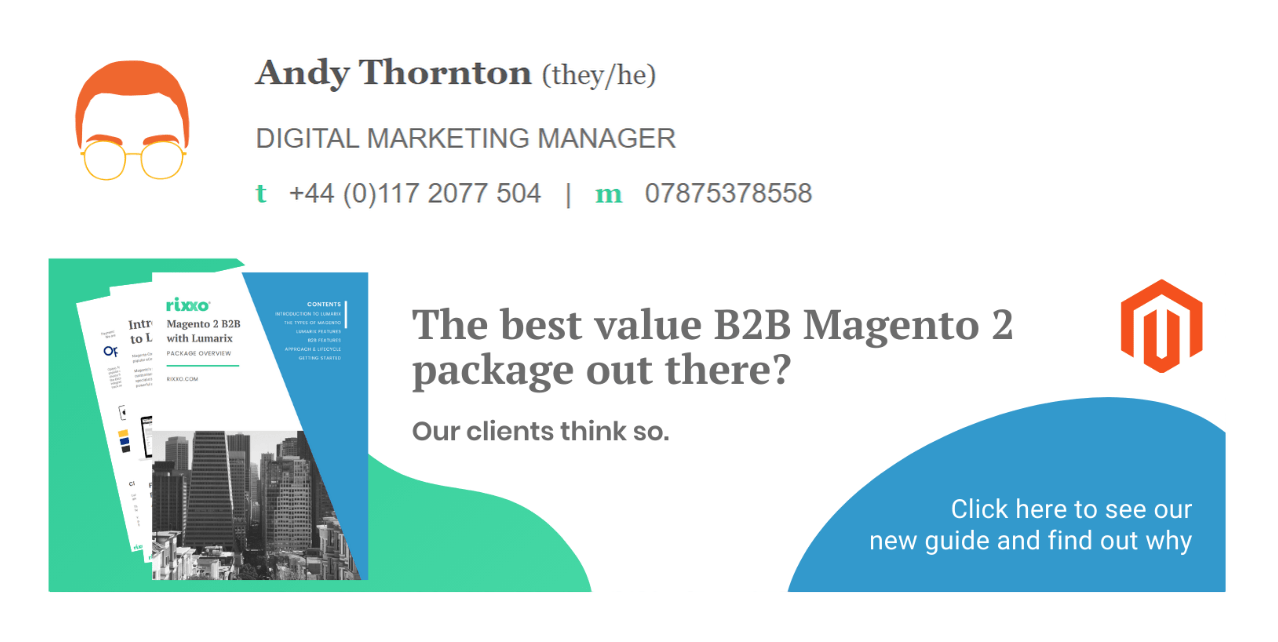

This helps normalise sharing your pronouns and makes it so much easier for trans people, as we don’t have to be constantly outing ourselves or correcting people if they misgender us. If you’re cisgender (not trans) then it’s really important to still share your pronouns, as it makes trans people feel included instead of othering us.
However, it’s essential that you do not require staff to share their pronouns. This is because some people may not be out at work, or want to manage the microaggressions they may face when talking to clients or customers because of their pronouns. If someone on your staff says it’s stupid or unnecessary, then definitely have a conversation with them about why it’s important and encourage them to add their pronouns. But if someone simply doesn’t want to share that information, respect that.
From a personal perspective, adding your pronouns to your LinkedIn bio or your last name is great, as again it signals that you are inclusive of trans people and aware of some of the difficulties they may face. When looking for people to work with, I am always deeply encouraged by seeing pronouns and am much more likely to reach out to connect and work with people who have them.


Internal and external imagery
As all good marketers know, the imagery you use for your brand and campaigns sends a very clear message about what kind of people you’re talking to. If you’re only ever showing one kind of person – especially if that’s thin, able-bodied, straight, cis, white people – you risk alienating huge groups of possible customers. The opposite is also true: because marginalised people are so used to not being represented, a little goes a long way.
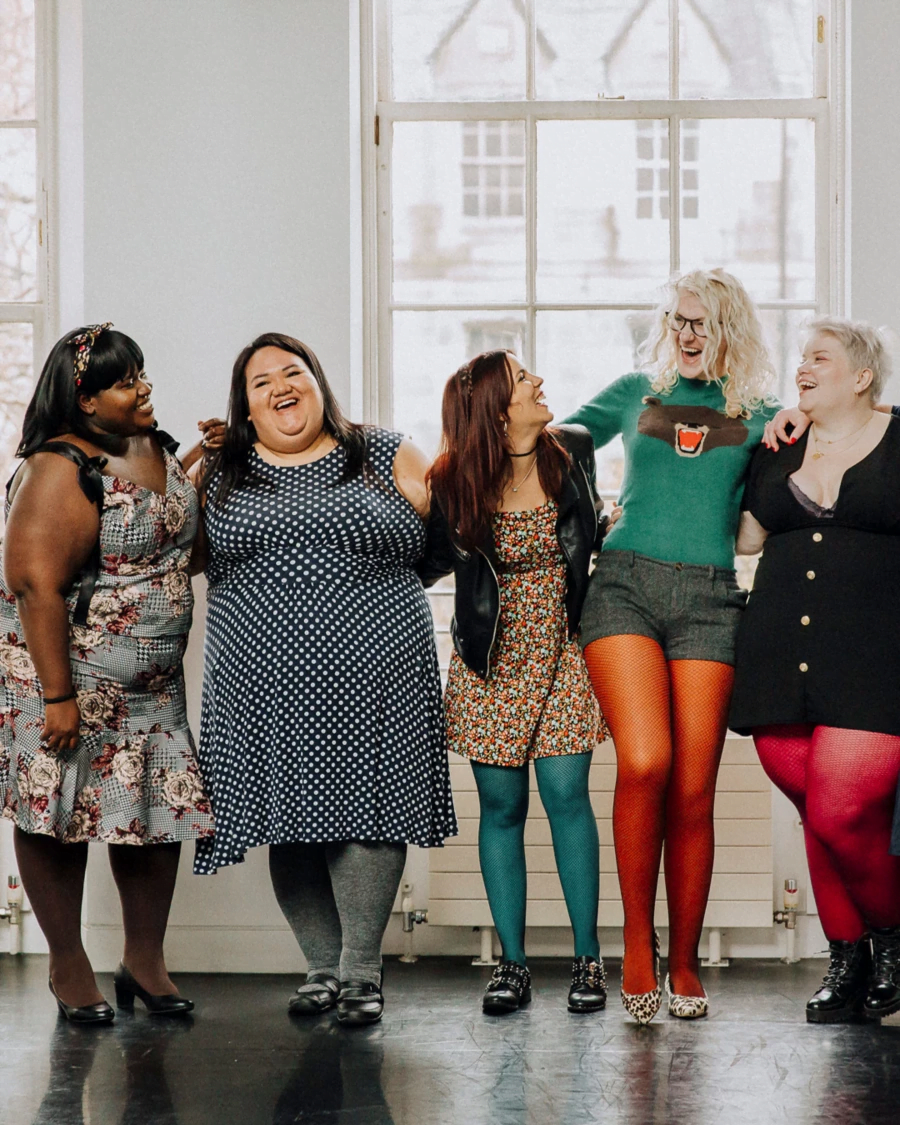

Take this example of Snag Tights, winner of The Drum award, who massively increased their profits by appealing to people who never normally see themselves represented in their industry. Not only is using diverse imagery good for business, it’s also just a good thing to do. That way you’re not contributing to the subtle erasure of marginalised identities often present within the majority of marketing we’re normally exposed to.
It’s a great way to set yourselves apart as an inclusive, progressive, up to date company, appeal to more customers, and also just puts so many more imagery and campaign options in your arsenal.
The same is true for internal imagery – make sure that the comms you send within your company are similarly representative of all your staff members, and show many different identities and backgrounds. This will help solidify the message that your company is an inclusive place for everyone.
If you’re looking for diverse and inclusive imagery, you can generally just type in keywords of marginalised identities into wherever you normally get your stock images. Remember though – black people are not inherently ‘diverse’. They’re only seen that way because we have such a monopoly of white representation. Diverse and inclusive imagery is not just occasionally including a thin, light-skinned black woman in a few of your promo images. It’s about showing a wide range of:
- Skin colours, including very dark skinned people
- Body sizes, including plus size and fat people
- Ethnicities, including those especially marginalised like native american communities
- Genders, not just women, but trans women, trans men, non-binary people and those who break gender norms
- Sexualities, if you show couples, make sure they’re not all male and female couples
- Disabilities, while not all disabilities are visible, many are, and visibly disabled people are rarely featured in marketing.
Any backlash you may gain from representing these identities will be easily made up for in the coverage you recieve, and the purchasing power of those you are representing. As someone in the LGBTQ+ and disabled community, I can assure you that your efforts will be appreciated. The online queer and disabled communities will often share, spread and praise representation in advertising and marketing. I know people who have switched banks purely because they saw an ad with good representation. Plus, people who don’t like it will likely make a huge fuss about it on social media (as Nike found), which is free UGC marketing!
That said, if you want to do more of a feature or story than just using inclusive imagery, make sure to consult with the people you are representing. There are many individuals who will consult with brands on inclusion, so if you have the budget, try to employ them. This is also another bonus of having a diverse workforce!


Where to find diverse and inclusive stock imagery
- Build with Joy have a comprehensive list of stock image sites with imagery of identities that normal stock images don’t represent.
- HuffPost also have a good list of stock image sites, many of which are free to download and use, which cover a wide range of under-represented people.
- Body Liberation with Lindley Ashline has a great range of stock photos of plus size, fat and body positive models.
- Stock Photo Secrets make lots of different lists featuring, admittedly, mostly the same well-known stock providers you’d normally use. However, what’s great about their lists is they show examples of positive, well created images. So if you’ve got no idea what you’re looking for, they’re a great place to start. Here’s their list for images of visibly disabled people. Though do check out this great guide by The Mighty of tropes to avoid in your stock imagery of disabled and less able-bodied people!
If you have in-house designer or you’re commissioning illustrations of people, check out these dark skin colour palettes: (1) (2) (3). They’re helpful in ensuring that the skin colour that people are represented as is actually accurate to people’s skin. That said, a great way to ensure this is to hire illustrators, designers and marketers of colour or from marginalised backgrounds, as they will often make it a priority to include diversity within their work – as they know themselves how important and powerful it can be.


Mentoring
Mentoring is a fantastic way to break the boundaries placed on people through structural inequality, by granting access to the knowledge, networks and resources you have through your privilege. Especially if you’re a managing director or senior role, this can have a huge effect on someone’s career prospects. That said, even if you’re starting out in your first job, you’ve still been able to get a job – so you still have important skills, understanding and a fantastic perspective with which to help someone starting out. Mentoring has been shown to improve career progression for marginalised groups, and is a great way of increasing your understanding as well as your mentees. Often you will gain just as much new knowledge, understanding and perspective from the person you’re mentoring as they will gain from you!
It can also be a great way to find new talent… just ask our Managing Director, Chris Gee, who signed up for a mentor scheme, gained a plucky graduate called Andy who was job seeking at the time… and ended up hiring a new Digital Marketing Manager. It’s a great way to get to know someone, test their skills, and see if they’re a right fit for your company. Even if they’re not, you’ll still benefit a lot from the process – as will they.
Company wide, this could be a formal policy or scheme managed by HR, where those from marginalised identities can apply to be mentored by any willing staff members. If you do this, make sure everyone participating actually knows how to mentor. You don’t want to waste anyone’s time. There are many mentoring companies that can help you set up more formal schemes too.
If you’re interested in it personally, there are many different options in finding a mentor. Firstly, you can advertise it on LinkedIn, which will hopefully attract a whole host of brilliant and proactive applicants. You can write something like this:
Open to mentoring an entry level or graduate person, specifically those from professionally underrepresented identities. Happy to share career advice, interview prep and ongoing support. Please get in touch if this is something you’re looking for, or share this with someone who you think it could help!
This is a great demonstration of acting to diminish the barriers underrepresented people face, and not only looks good but also does good. If you don’t think you know enough or are senior enough to be a mentor, I would say please do still consider it. Anyone with work experience is in a position to mentor, and even if you can’t offer that much practical help, advice, support and believing in someone go a long way.


Paternity leave
This is quite a well known way of moving towards equality, so I’ll be brief. If you have unequal paternity and maternity leave, you greatly disadvantage women and people who can give birth over those who can’t. By having a company policy of un-gendered parenting leave available to all employees, you remove barriers and help limit the stigma that can be associated to pregnancy and career progression in the workplace. If you do change this, it’s worth explaining why when you announce it.


Tangible diversity and representation in leadership roles
It’s much easier to make informed decisions which don’t explicitly exclude marginalised groups if people from those groups are in the (virtual) room helping make the decisions. While (obviously) not all marginalised people agree, having someone who has lived experience of a marginalised perspective in your leadership team is a pretty safe bet on avoiding mishaps. Plus, studies have shown companies with diverse leadership teams perform better, so it’s literally just good business.
It’s easy, especially when you’re an SME, to get defensive about the lack of diversity in your leadership. Many SMEs start out as friends or family who just had a good idea, and accidentally grew to something bigger. Take Rixxo – Rich and Chris set up the company as two brothers who wanted to help businesses succeed – and there’s nothing they can do about the fact their both white men! However, the trick comes in whenever you do expand. Chris and Rich have over the years prioritised diversity in their hiring practices, meaning they’ve benefited from a wide range of viewpoints and backgrounds to help balance them out.
As I mentioned under diverse hiring practices, the jury is still out on whether positive discrimination is helpful. But if you can, I would encourage you to purposefully diversify your leadership team, whether that’s from internal or external staff. Obviously, someone isn’t a good hire just because they have a marginalised identity! But I guarantee there are enough incredible people out there, with exactly the right skill set, determination and hard work you need, who also happen to be of an identity that you are currently lacking in your team.
Putting your money where your mouth is
If you’re reading this, you clearly care about improving the diversity and inclusion of your business, which is awesome. But true diversity and inclusion is more than a few well worded social posts and a couple of short term HR schemes. It’s about studying your organisation from the ground up, identifying where you could be better, and then investing your time and money into taking those actions and making those changes. If that feels overwhelming, don’t worry – start at the top of this list and work down.
If you’ve got the money but not the time, there are many organisations who will do the work for you: from gathering the stats on how equal your organisation really is, to identifying and actioning the changes you need to make.
You may feel scared to get something wrong, but if you don’t try, you already have. You don’t have to be an diversity and inclusion guru to put the steps we’ve outlined here in place – you just have to know it’s important, and get started!
If you have any questions, suggestions or revisions you’d like to contribute to this article, please get in touch at hello@rixxo.com.
